Expansion of Emerging Markets
Emerging markets are presenting new opportunities for the Scaffold Material Market, as rapid urbanization and economic development drive construction activities. Countries in Asia and Africa are witnessing significant growth in infrastructure projects, leading to an increased demand for scaffolding solutions. The expansion of these markets is supported by government initiatives aimed at improving infrastructure and housing. As these regions develop, the need for reliable and efficient scaffolding systems becomes critical. Consequently, the Scaffold Material Market is expected to capitalize on this trend, as companies look to establish a presence in these burgeoning markets and cater to the rising demand for scaffolding materials.
Rising Construction Activities
The Scaffold Material Market is experiencing a surge in demand due to increasing construction activities across various sectors. Urbanization and infrastructure development projects are driving the need for scaffolding solutions. For instance, the construction sector is projected to grow at a compound annual growth rate of approximately 5.5% over the next few years. This growth is likely to be fueled by government investments in public infrastructure, residential buildings, and commercial spaces. As a result, the Scaffold Material Market is poised to benefit from this upward trend, as scaffolding is essential for ensuring safety and efficiency during construction processes. The rising number of construction projects necessitates the use of high-quality scaffolding materials, which further propels the market forward.
Increased Focus on Safety Standards
Safety remains a paramount concern in the construction industry, leading to a heightened focus on safety standards within the Scaffold Material Market. Regulatory bodies are enforcing stricter safety regulations, compelling construction companies to adopt reliable scaffolding solutions. The market is witnessing a shift towards materials that not only comply with safety standards but also enhance worker protection. This trend is reflected in the growing demand for advanced scaffolding systems that incorporate safety features. As companies prioritize worker safety, the Scaffold Material Market is likely to see an increase in the adoption of innovative scaffolding solutions that meet or exceed regulatory requirements, thereby fostering market growth.
Sustainability Trends in Construction
The growing emphasis on sustainability is influencing the Scaffold Material Market, as construction companies seek eco-friendly materials and practices. The demand for sustainable scaffolding solutions is on the rise, driven by the need to reduce environmental impact. Companies are increasingly opting for scaffolding materials that are recyclable or made from sustainable sources. This shift aligns with broader industry trends towards green building practices, which are gaining traction worldwide. As sustainability becomes a key consideration in construction projects, the Scaffold Material Market is likely to experience growth, as companies strive to meet the expectations of environmentally conscious clients and regulatory bodies.
Technological Innovations in Scaffolding
Technological advancements are reshaping the Scaffold Material Market, introducing innovative materials and systems that enhance efficiency and safety. The integration of smart technologies, such as IoT and automation, is revolutionizing scaffolding solutions. For example, the use of modular scaffolding systems allows for quicker assembly and disassembly, reducing labor costs and time. Additionally, advancements in materials science are leading to the development of lightweight yet durable scaffolding options. These innovations not only improve operational efficiency but also contribute to the overall safety of construction sites. As technology continues to evolve, the Scaffold Material Market is expected to expand, driven by the demand for more efficient and safer scaffolding solutions.


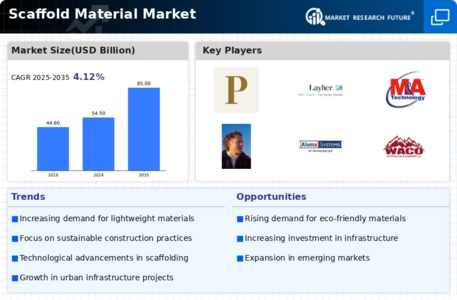
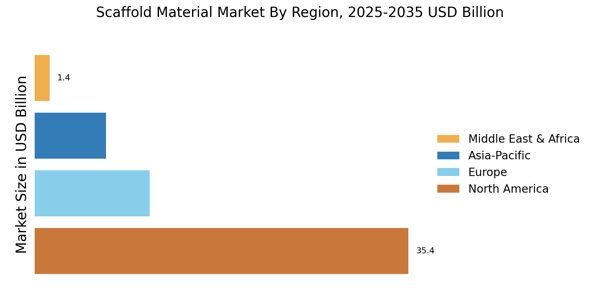

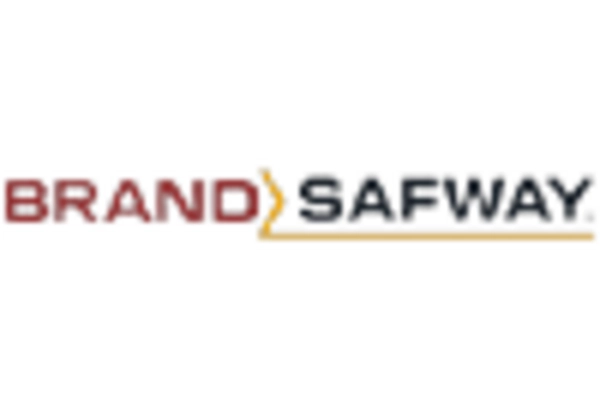
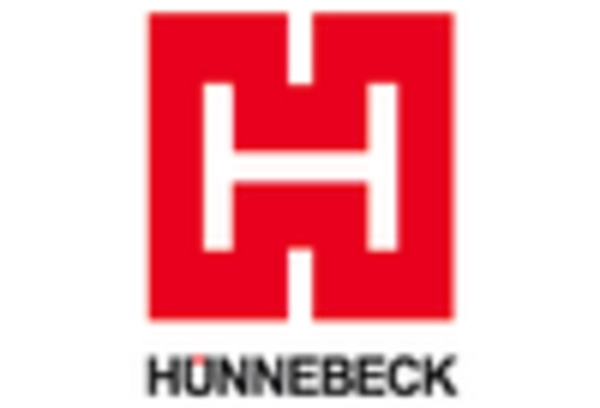


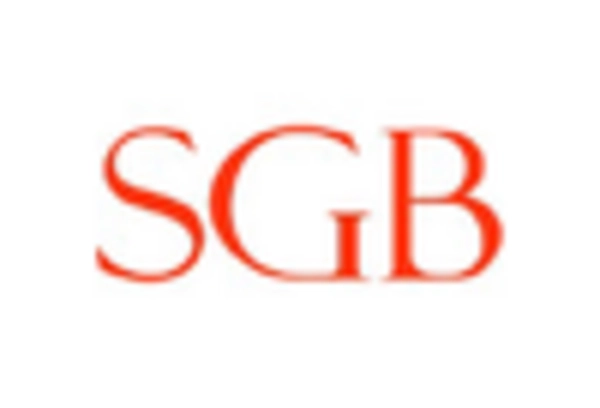








Leave a Comment